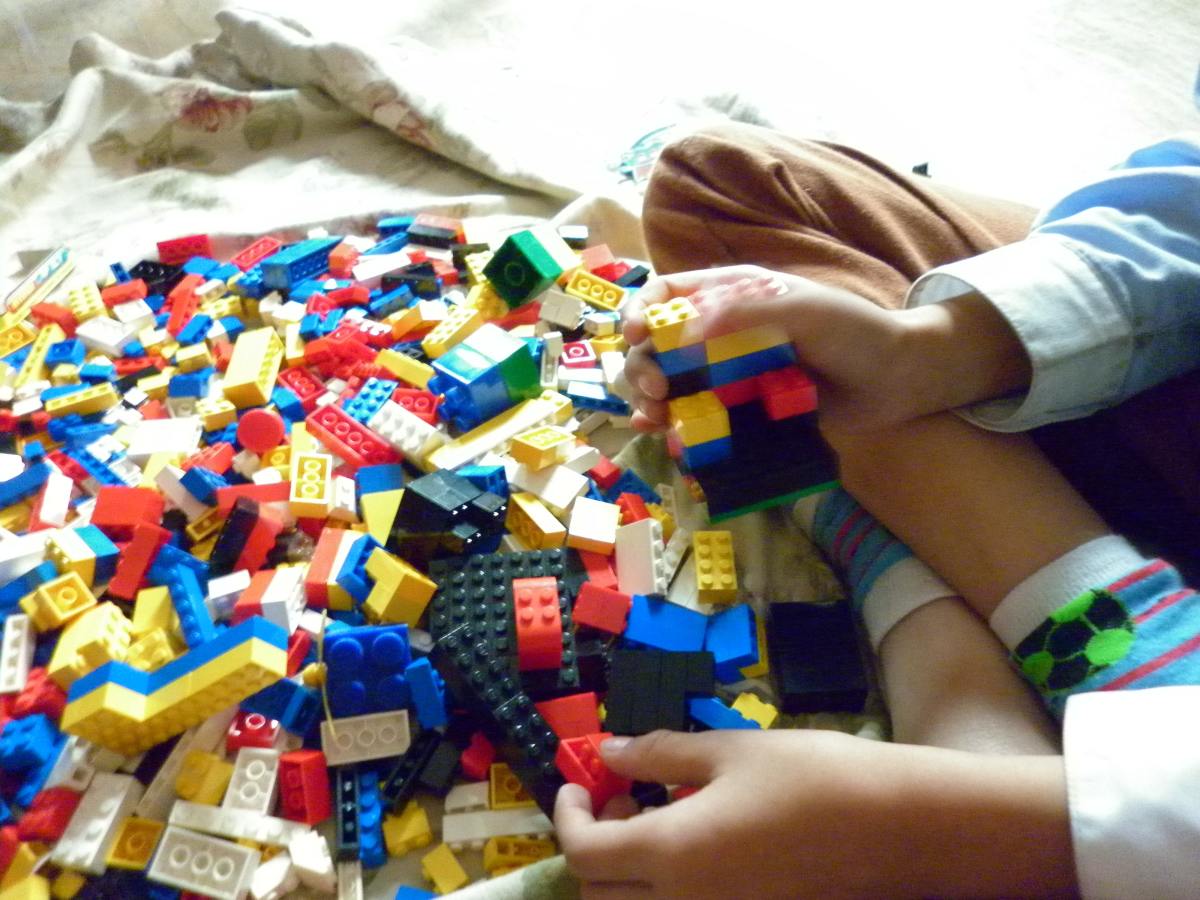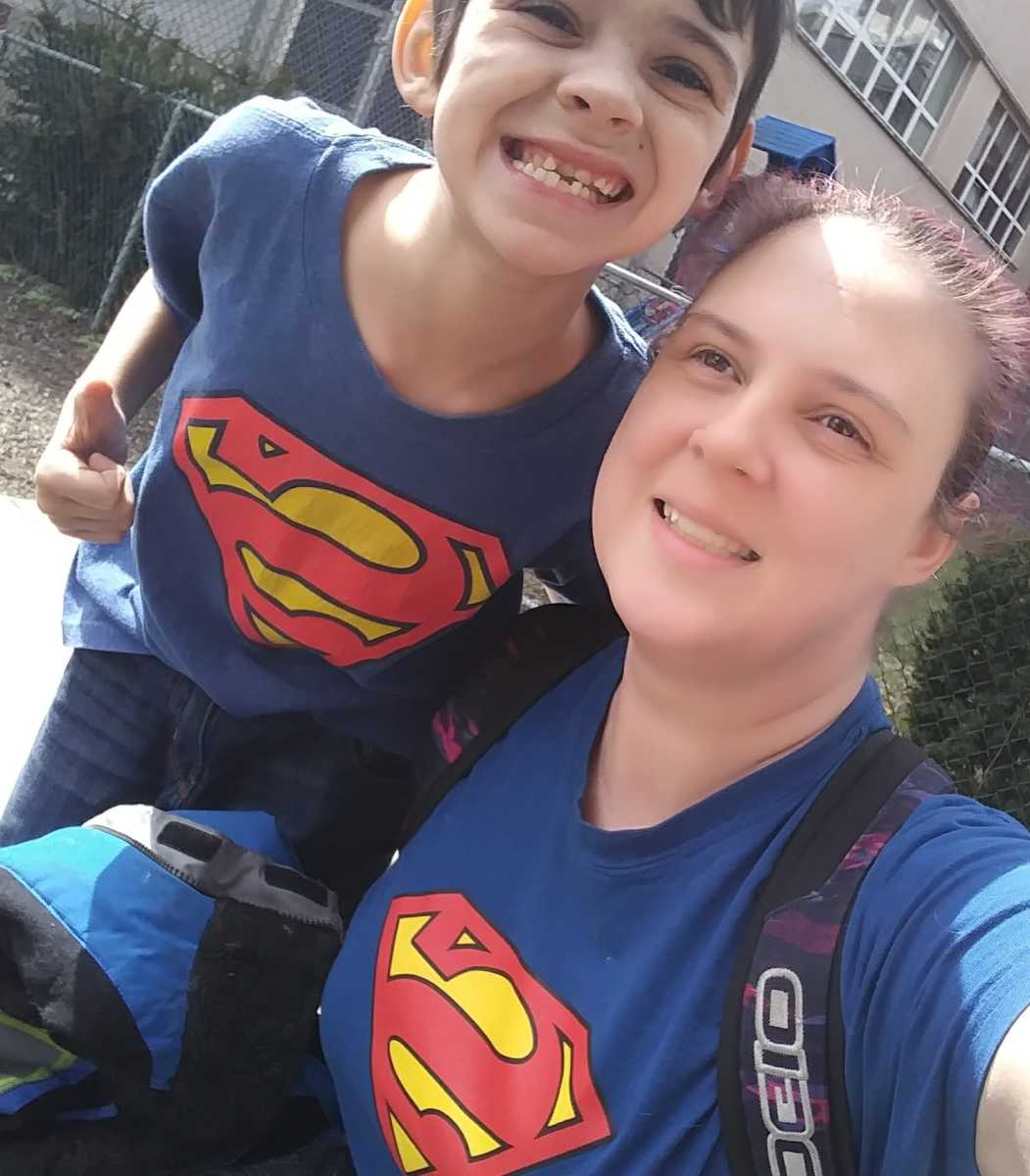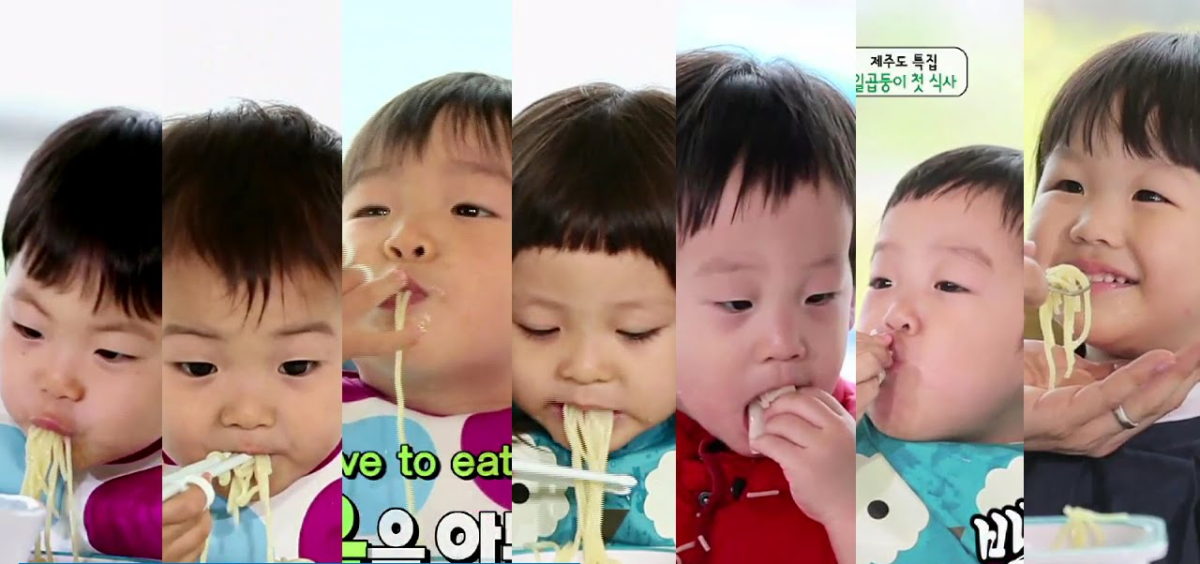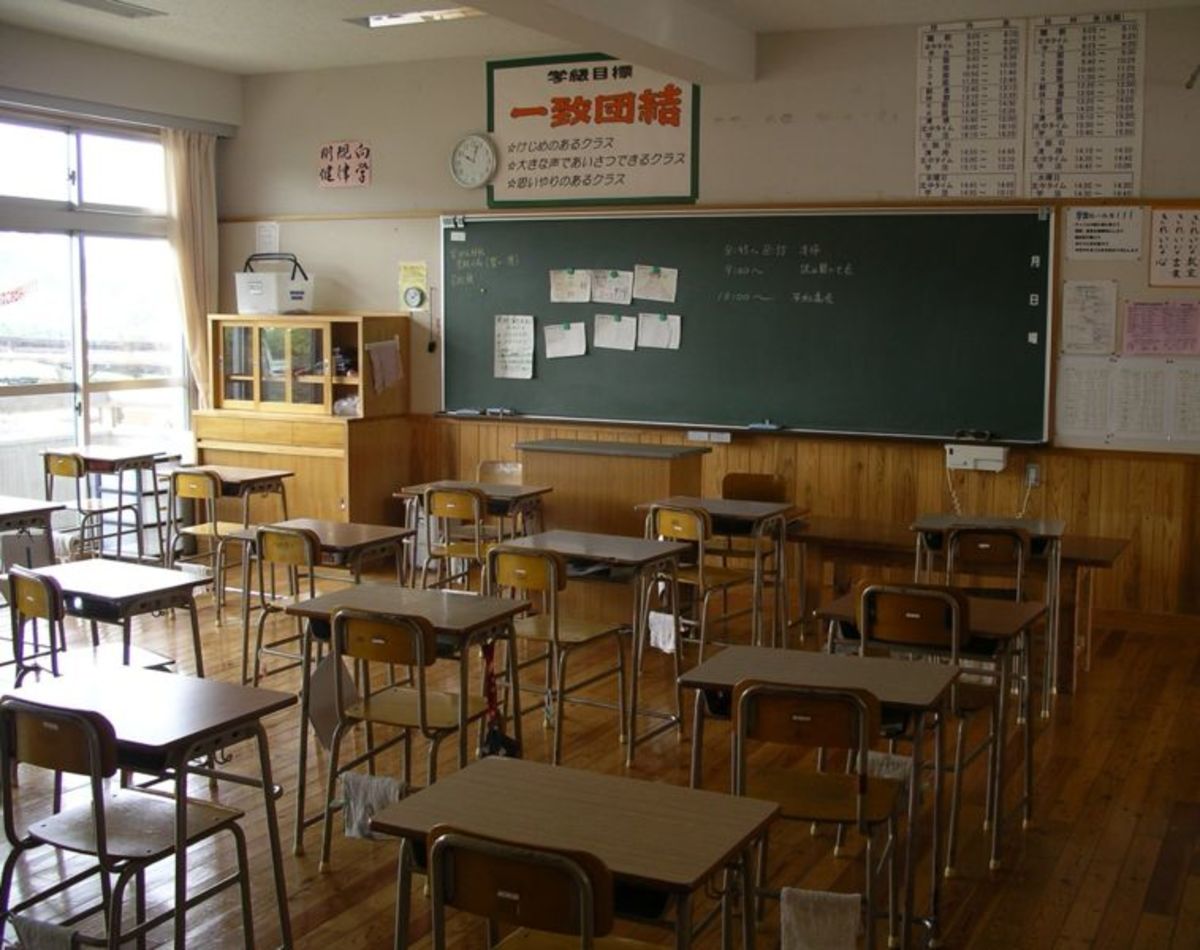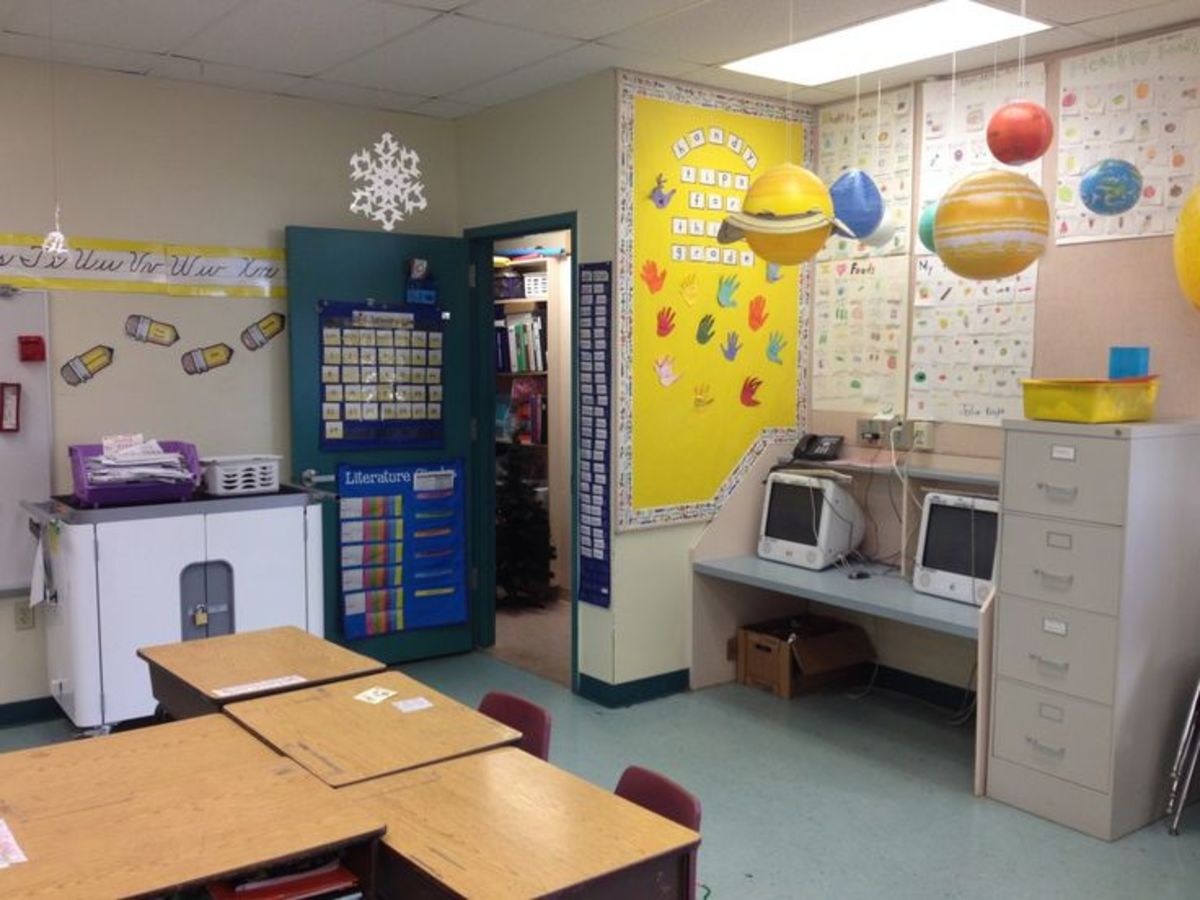Music Lessons | Suzuki Method for Violin
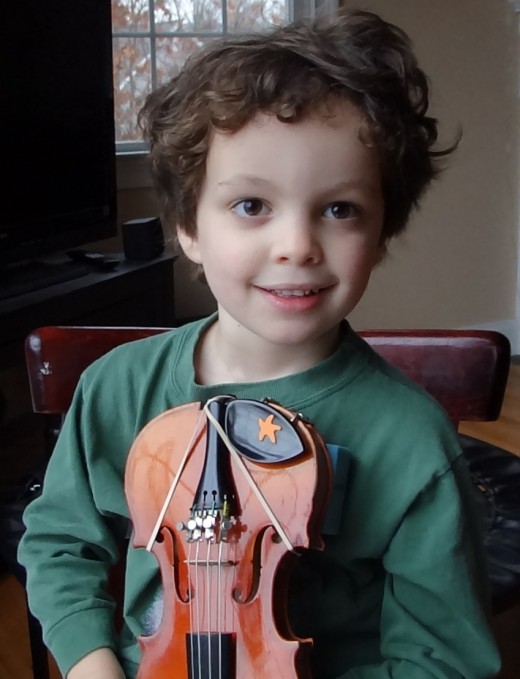
While glancing at a bulletin board at my local library a while back, I noticed a flier for Suzuki method music lessons for children ages 3 and up. I was aware of the Suzuki method of learning, which is based on imitation: Suzuki believed that in the same way children learn language, by imitating what they hear, they could learn music. The Suzuki method delays note reading until technique is developed. I was very interested in this for my four-year-old son; it seemed like something that he would benefit from.
"The potential in every child is unlimited" ~Shin'ichi Suzuki
I was not entirely sure that I would enroll my son right away, although it seemed like a great idea, there was a lot to consider. Starting an instrument can be a big undertaking and when it is a young child there is a great responsibility on the part of the parent. Although I liked the idea of my son learning to play the violin I needed to consider the pros and cons of this endeavor.
Budget and Time
The first consideration was how to budget the expenses for renting the violin and paying for lessons, which combined, can cost over $100 a month in my area. There was also the consideration of the drive and time it takes to participate in the lessons and practices. Once I decided that our family could afford the expense and find the time there was still the question of benefit. Is it really beneficial to start a child at such a young age with playing an instrument?
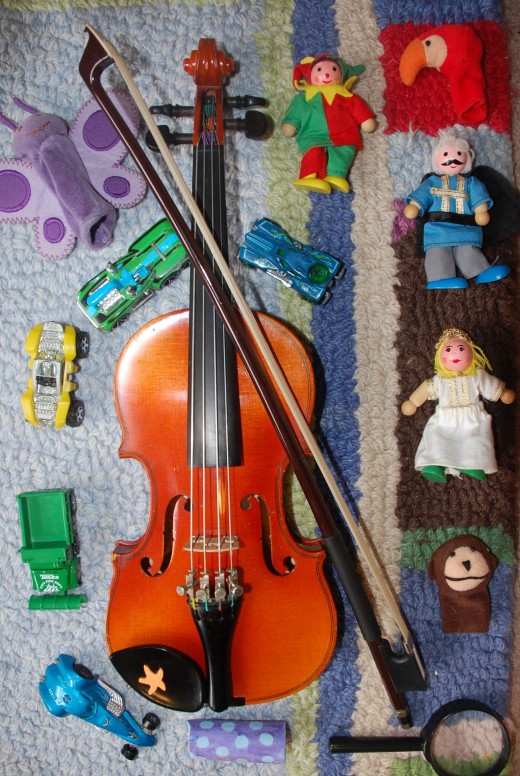
Child Development
I first considered the Waldorf educational approach to child development. While most experts agree that it is never too early to expose your child to music, learning to play an instrument requires more of the child. Waldorf Teachers feel that pre-school age children should not feel pressure to perform and recommend waiting until the child is older to learn to play an instrument. Although both Waldorf and Suzuki methods use a child’s natural ability to imitate as the basis for learning, Waldorf educators suggest waiting until students are around 9 years old to begin formal music training.
Parental Input
Next I considered the advice of some seasoned parents. These parents observed that even when a child started taking music lessons at the grade school age, they quickly caught up to the level of the children that had been taking lessons for a few years. It should be noted that most very successful musicians begin studying at around 4 years of age, so it would seem that there is in fact a benefit to starting earlier.
Benefits of Music Lessons
I also considered the widely accepted benefits of giving a child music lessons which include:
-
An increase in IQ - research shows that learning to play an instrument assists in concentration, math, reading and memory skills.
-
Learning discipline
-
Encouraging creativity and self expression
-
Relieving stress – music is one of life's simple joys and is therapeutic
-
Improving self confidence
-
Developing patience
-
Increased music appreciation and life enrichment
Suzuki Benefits
The Suzuki approach varies from traditional lessons in that it focuses on listening, this creates an intrinsic learning experience for the child. The practice of listening skills has the secondary benefit of creating heightened sensitivity. The Suzuki method aims to teach to the whole child. The approach is not just about music, it is about life skills and a positive relationship with student and teacher. At the end of each lesson both student and teacher thank each other for the lesson.
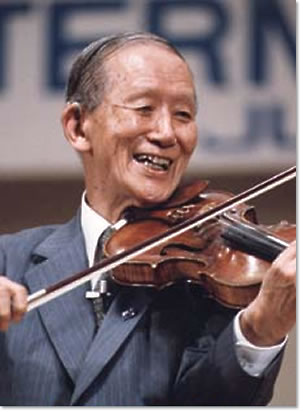
“I want to make good citizens. If a child hears fine music from the day of his birth and learns to play it himself, he develops sensitivity, discipline and endurance. He gets a beautiful heart.”
~Shin'ichi Suzuki
Suzuki Background
The Suzuki method was created by Shin'ichi Suzuki, a skilled Japanese violinist, who wanted to bring some beauty to the lives of children in his country after the devastation of World War II. Suzuki struggled to learn to speak German but noticed that children pick up their native language quickly. He reasoned that if children have the skill to acquire their mother tongue, then they have the necessary ability to become proficient on a musical instrument. He pioneered the idea that any pre-school age child could begin to play the violin if learning steps were small enough and if the instrument was scaled down to fit their body. He modeled his method, which he called "Talent Education" (才能教育 sainō kyōiku?), after his theories of natural language acquisition. Suzuki believed that every child, if properly taught, was capable of a high level of musical achievement. He also made it clear that the goal of such musical education was to raise generations of children with "noble hearts" (as opposed to creating famous musical prodigies).
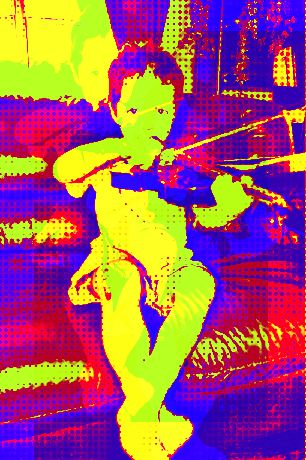
My Decision
I decided to enroll my son in lessons because I felt it was something that he would benefit from. As parents we each have a sense of what our child needs and this is not always outwardly apparent to others. It is more of a Mother’s instinct. This is my forth child and after some trial and error I have learned to listen to this voice of mine in regards to making decisions for my children. If you are considering Suzuki for your child try to ask yourself if you think your child will benefit from the experience and you will have your answer.
I think the Waldorf opinion of Suzuki has merit in that young children shouldn’t feel pressured to perform, but our Suzuki Teacher makes learning fun and doesn’t offer or encourage performances. The teacher keeps the lessons focused on the process and not the product. While some parents feel that there is no need to start a child learning an instrument before grade school age, if the child enjoys learning the instrument and the parent is willing to do the work it can be a win-win for all involved.
Famous violinists that began at an early age
Leila Josefowicz began studying the Suziki violin method at three years old
Midori Goto took her first lessons at age three from her mother!
Fritz Kreisler made his first violin from a cigar box; and when he was four years old, he received a gift of a toy violin.
James Ehnes began at four years old and his father was his first violin teacher.
Rachel Barton began learning to play the violin when she was three years old.
Sarah Chang Sarah was four when she began violin.
Our Practice Schedule
Since my son started taking lessons we attend a 30-minute lesson once a week where my son learns songs and rhymes that teach everything from how to hold the bow to how to keep rhythm. I jot down notes to remember these songs and rhymes so that each day at home my son and I can practice what was taught during the lesson. We usually practice about 5 minutes a day. We also listen to a Suzuki CD that we keep in the car. There is an added benefit in that I am learning to play the violin along with my son.
While there are some days that my son doesn’t feel like practicing, other days he asks to practice. He LOVES playing the instrument and remembers the learning rhymes better than I do. This has been a great experience for us.
Violin Sizes
The violin is one of the most user-friendly musical instruments because it comes with varying sizes to suit the age of the player. Here are the various sizes and types of violins:
1/16 - Suitable for young children age 3 to five years old. with an arm length of 14 to 15 3/8 inches.
1/10 - Also for young musicians age 3 to 5 years old, with an arm length of 15 3/8 to 17 inches.
1/8 - Again, for young violin enthusiasts age 3 to 5 years old with an arm length of 17.1 to 17.5 inches.
1/4 - With an arm length of 17.6 to 20 inches, this violin is suitable for children 4 to 7 years old.
1/2 - For children ages 6 to 10 years old, with an arm length of 20 to 22 inches.
3/4 - Children 9 to 11 years old with an arm length of 22 to 23.5 inches will enjoy playing this size violin.
4/4 or Full Size Violin - For violinists age 9 and above with an arm length of 23.5 and up. This is the size for adults.

